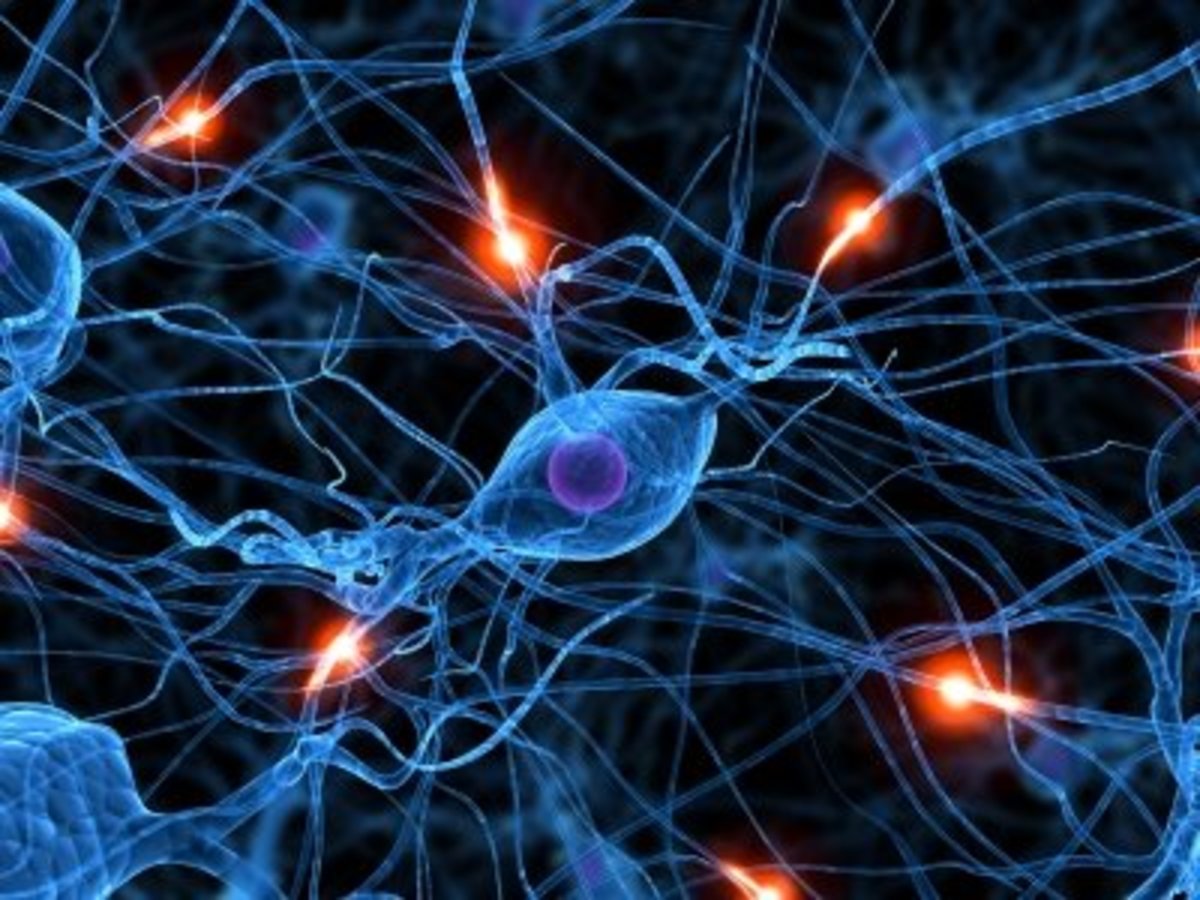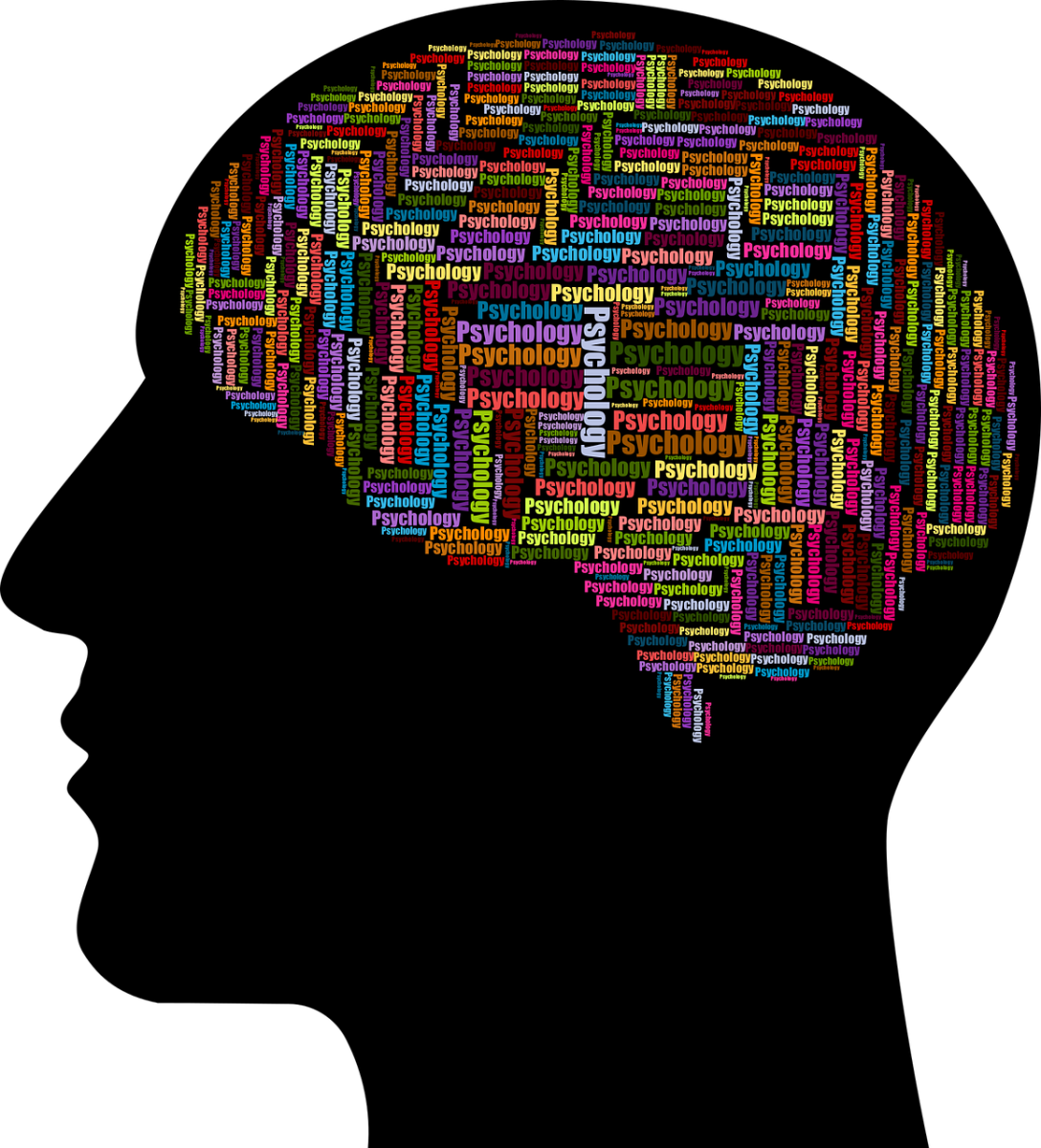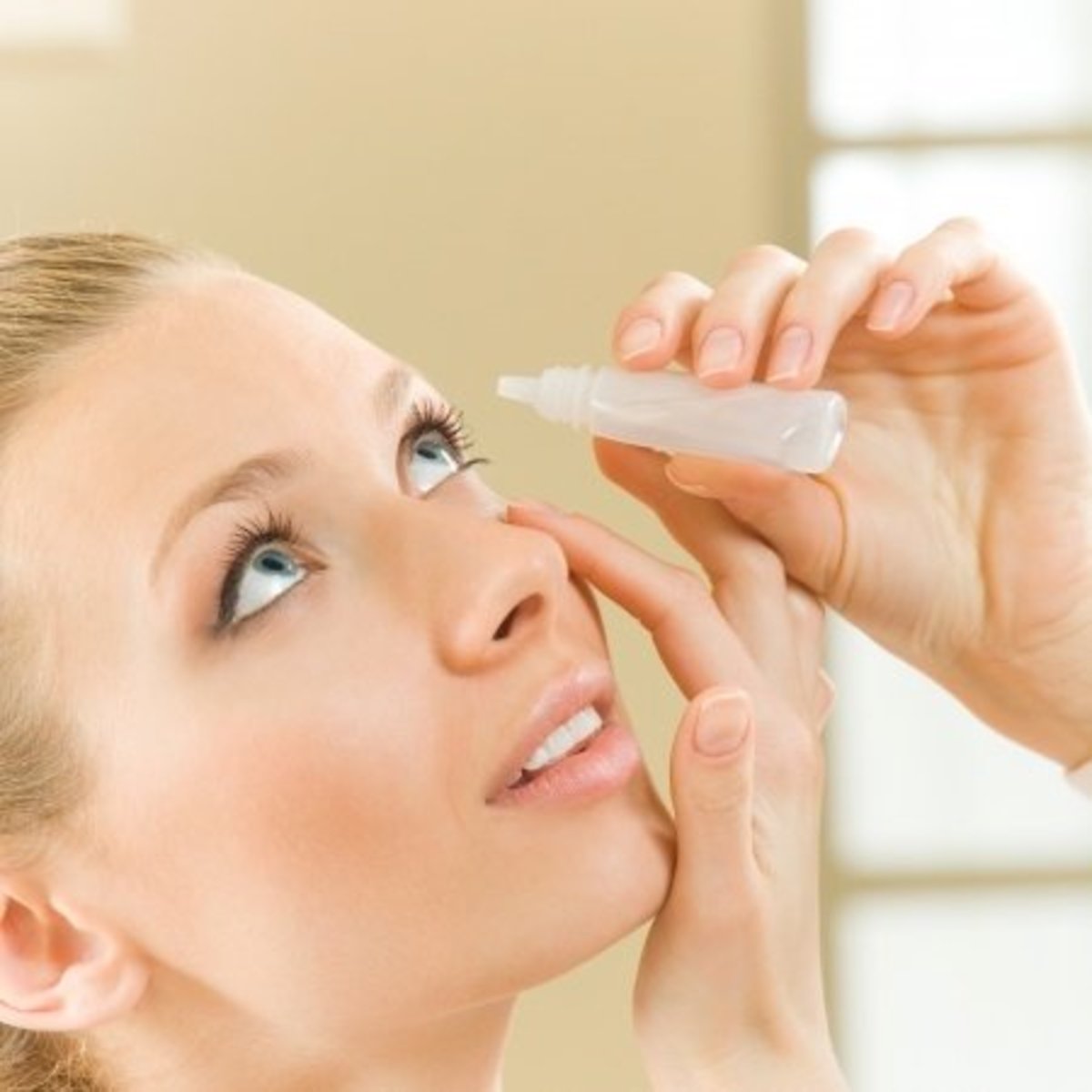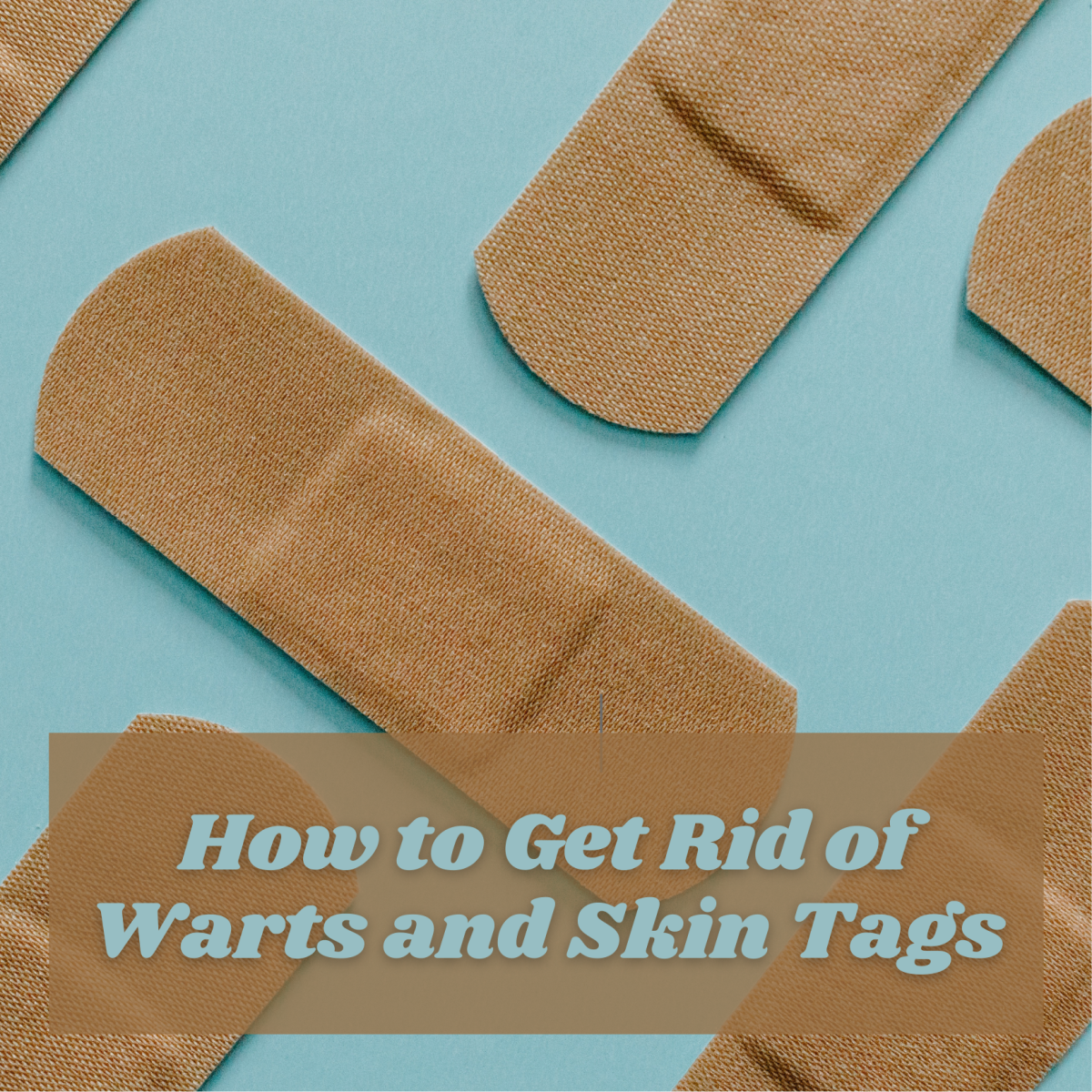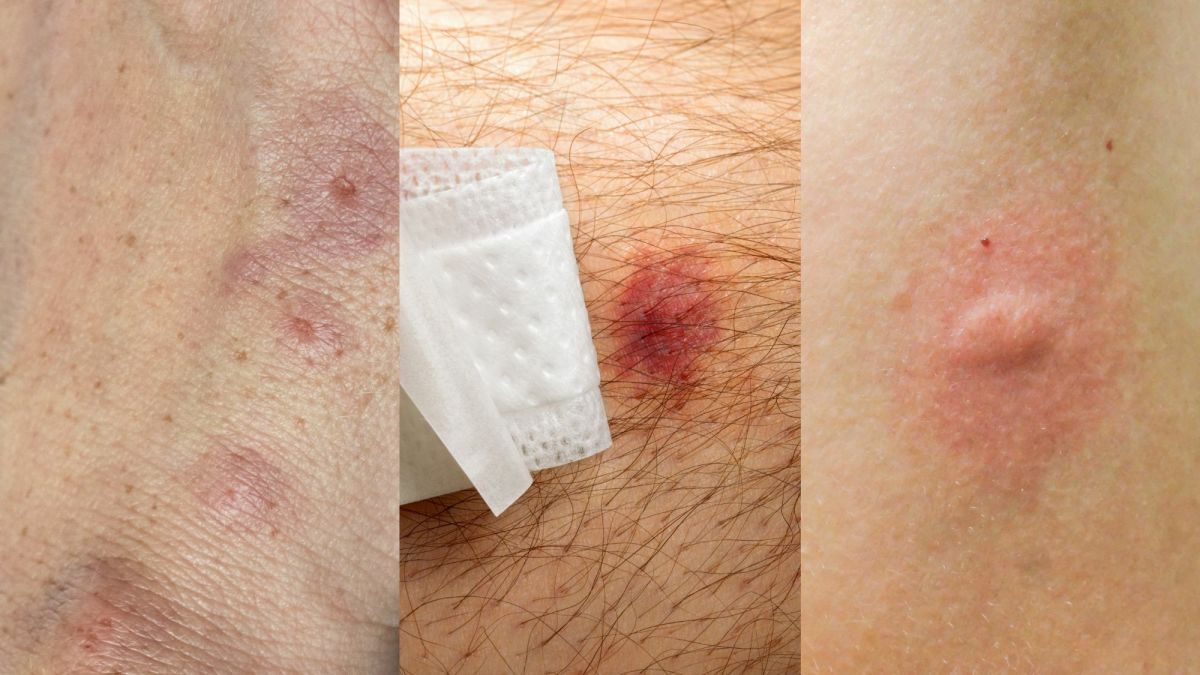Confronting PTSD

PTSD is a sickness that is becoming more prevalent in society. Its prevalence maybe attributed to several factors: medical diagnosis techniques are increasing therefore Doctors are better able to recognize the condition, violence is increasing in society, or the Brain’s ability to cope with stress is decreasing. Whatever the cause is for the increase there is no denying that more needs to be done to confront PTSD and find effective treatments. The best way to confront PTSD is to control, manage, and eliminate Fear, Anxiety, and Stress which are its most common triggers. This can be done with synthetic drugs or by natural means. Here I will provide some natural alternatives anyone can use to confront PTSD.
PTSD or Post Traumatic Stress Disorder is identified as a specific emotional distress that can follow a major psychologically traumatic event. This uncommon event would typically produce fear, anxiety, and stress in anyone who experienced it. Common examples are war, terrorism, shootings, rape and/or assault, a natural disaster, being part of or observing a serious accident, and major surgery. While some people might experience PTSD symptoms immediately following any of the situations mentioned above some others may not notice it for months, a year, or even longer.
PTSD affects approximately 1 in 10 people and is among the most common of all mental health problems. Though most prevalent with combat veterans and rape victims, in the past 30yrs the diagnoses of the disorder has become more prevalent among children and average adults. Statistics regarding this illness indicate that approximately 7%-8% of people in the United States will likely develop PTSD in their lifetime. PTSD can become so severe that the individual finds it difficult to lead a normal life.
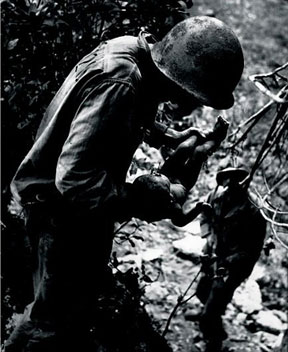
Kosovo Apocalypse
Death is a horse
a characteristically terrifying horse
railing, trampling, nostrils flared and blowing, teeth exposed
seemingly to mock the agony of death
only frozen in time, while at the same time
inviting conversation of me
rule #1, never stare too long, assess and move on
I turn my face to the sky as if to ask why
only to be greeted by hurricane force rain that pound
at the speed of sound, tearing flesh from bone to expose
images more terrifying than a wild horse as it comes
railing, trampling, nostrils flared and blowing teeth exposed
seemingly to mock the agony of death
only frozen in time, but at the same time
time drops to slow motion and the shallow echoes in the distance
pop-pop.... pop-pop-pop
resemble horse's hoofs against the marble tiles at the entrance of my church
I lower my head so my helmet blocks the rain
I clear my eyes, tighten my grip on my gun and plant my feet firmly in the mud
A putrid smell fills the air
I hold my breath and turn to meet it as it came
railing, trampling, nostrils flared and blowing, teeth exposed
seemingly to mock the agony of death
but I'm ready for it this time
suddenly I awake in a cold sweat
I’m still a slave to the distress….in my mind
Fear of Death
Next to Love Fear is one of our strongest emotions and in the category of fear, fear of death tops the list. The natural development of society has led to the sanitization of Death. When I was a child people and nature were more interactive, simply because we depended on nature for food a lot more. In my rural community every family had a half dozen Chickens, a couple Pigs, and maybe 3 or 4 Goats. When it was time to eat one of them we did the butchering right in the back yard and everyone participated. As children we understood that everything had to die at some time so killing an animal for food was natural to us.
Most children today are traumatized in witnessing the slaughter of an animal so they never become desensitized with death. Now imagine sending 18 year old kids into war zones only after a few months of war exercises and some visits to a morgue to get familiar with death. These young men come back from war where they witness all forms of inhuman atrocities and because they were not properly desensitized to death in their own upbringing they cannot control their responses to situations involving risk so they become overwhelmed.
Once overwhelmed at the thought of putting their lives at further risk, even in minor situations, War vets develop a prolonged sense of dread or impending doom. Their outlook on life diminishes and they develop Anxiety disorder. This condition affects most of the War vets life making the worry over simple everyday tasks disproportionate to the actual source of worry.
Hormonal Imbalance
Of course there is no way to compare the prevalence of PTSD today with the past. That is because up to 100 years ago PTSD was not a diagnosed or recognized mental disorder. What we do know is that War and armed conflict was present in society which increases the possibility that there were PTSD sufferers. The main difference between then and now is the presence of various forms of technology which act to stimulate our Brains in more ways than in the past. Many of these forms of technology also cause illnesses classified as Sensory Overload Disorder. Sensory overload occurs when the body's senses experiences over-stimulation from technology. Some examples of these stimulants are; Illicit drug use, lighting dependency, noises pollution associated with industry and urbanization, information from mass media, and radiation from wireless technology.
Similar to PTSD, Alzheimer’s, Autism, and Depression are all common Neurological disorders. They are the result of dysfunctional or over active Neurotransmitters in the Brain. PTSD involves the dysfunction of Neurotransmitters associated with Memory. When someone with PTSD experiences fear, anxiety, or stress Neurotransmitters in the Brain responsible for memory recall over-fire in the presence of increased hormone levels. One such hormone is Serotonin. Abnormal increases in Serotonin levels in the Brain causes a syndrome that leads to diseases that are characterized by speeding heart beats from which the following symptoms emerge: fear and flight, anxiety and anger, stress and frustrations, and doubt and insecurities.
Annual Military PTSD Diagnosis Figures
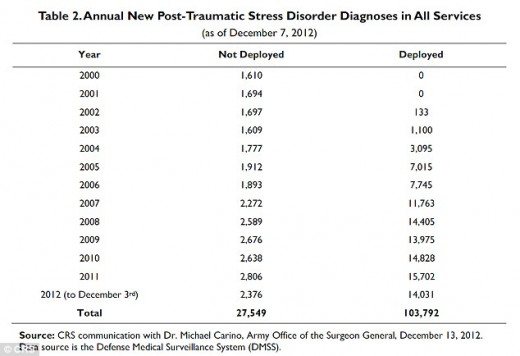
Natural Melatonin Suppliments
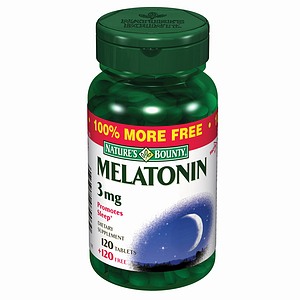
Melatonin Heals
Melatonin on the other hand harmonizes your inter and intracellular rhythms by increasing your motivation to think constructively and productively. Melatonin gives you joy and make you feel good about yourself because it’s your neurotransmitter of: reason, constructive communication, care, concern, patience and morality. Increasing your Melatonin production is achieved through a variety of processes. You may take synthetic Melatonin derivatives made from a variety of plant and animal extracts or you can increase your Melatonin production the natural way. Melatonin is produced by the Pineal Gland in the Brain at night. It is an organ that is strictly photo sensitive achieving optimum performance in a condition of complete darkness. Achieving darkness means eliminating LED lights from Clocks or Radios and lights from TV or Computer screens. If street lights come through your windows then get thicker curtains.
Besides eliminating Lights you need to also eliminate any other sensory stimulation. That includes; sounds, smells, and anything uncomfortable to your skin. Before laying down to sleep try practicing a simple brain-lacing exercise of counting from 0 to 10 and from 10 to 0. Each time you count up reverse 9 and 8 and each time you count down reverse numbers 7 and 6. This Brain-lacing exercise is known as the Dohgon Flux Count which is designed to rebalance your two Brain Hemispheres. Your Left Brain is your area of reason while your Right Brain controls your emotions. Serotonin acts to throw your Brain out of balance by producing hormones that deliver pleasure therefore making you Right Brain dependant. The Dohgon Flux Count increases your ability to manage fear, anxiety, and stress by increasing your concentration level.
PTSD Documentary
PTSD continues to plague War vets and many other people in society who have experienced psychologically traumatic incidents. Governments need to take responsibility and recognize the problem among War vets so that they may get the help that they need to confront and defeat the disorder. There are many PTSD treatments currently available including counseling but many of those treatments involve taking drugs with serious side effects. If you are someone that suffers from PTSD consider many of the natural alternatives available. Use the Dohgon Flux Brain balancing technique which is part of a more extensive project dealing with effective mental concentration management at the Dohgon University of Thought.

